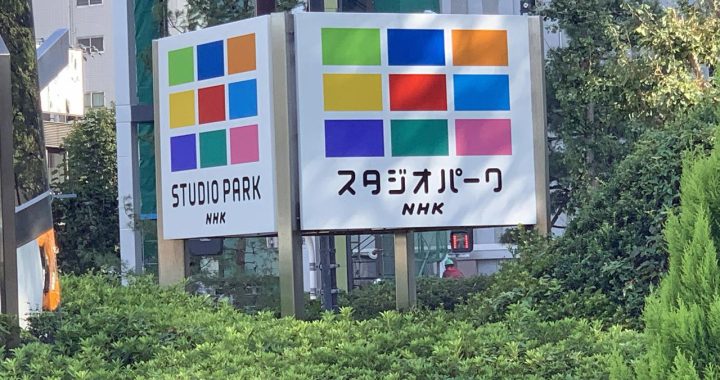High-resolution 8K broadcasts and TVs seem insane until you talk with Japan’s public broadcaster NHK, which is already pumping it out to consumers.
With 4K streams already delivering sharp TV images to Australian smart TVs, why expose the human eye to 8K’s 33 million pixels, refreshed 60 times every second? Whereas 4K offers four times the number of pixels of full high-definition (1080p) TVs, 8K delivers 16 times 1080p resolution. That’s potentially 16 times better sharpness and clarity.
One broadcaster leads the world when it comes to 8K TV and I spent an afternoon with it at its Tokyo headquarters. I visited NHK — the Japanese public broadcaster — to delve into its 8K offering and to get an inkling for what might lie ahead for Australia … eventually.
I was there a day before the start of the Rugby World Cup, some of which NHK is broadcasting in 8K.
NHK’s trailblazing road to 8K is fascinating. When the world was watching VHS tapes, NHK had the foresight to develop a long-term plan to adopt 8K and mostly skip 4K. It opened a lab for researching 8K broadcasting.
The station made the decision after viewing still photographs in 8K and other resolutions.
“In 1995 we officially started researching 8K,” says Masaru Hashimoto, a former NHK engineer and now senior manager.
“8K is the ultimate.”
Over the years NHK rolled out 8K sample broadcasts, including during the 2012 London Olympics and 2016 Rio de Janeiro games.
NHK is now reaping the benefits of that futuristic decision. Test broadcasts in 8K began in August 2016, followed by the official launch of 8K and 4K channels across Japan in December last year, using its BSAT-4a satellite. NHK consumers pay a licence fee to receive broadcasts but that’s it.
Some of NHK’s 8K content is eventually broadcast in western countries, but so far not in Australia.
NHK didn’t offer usage figures, but it says around 1.5 million sets in Japan are capable of receiving the 8K broadcasts via a satellite dish.
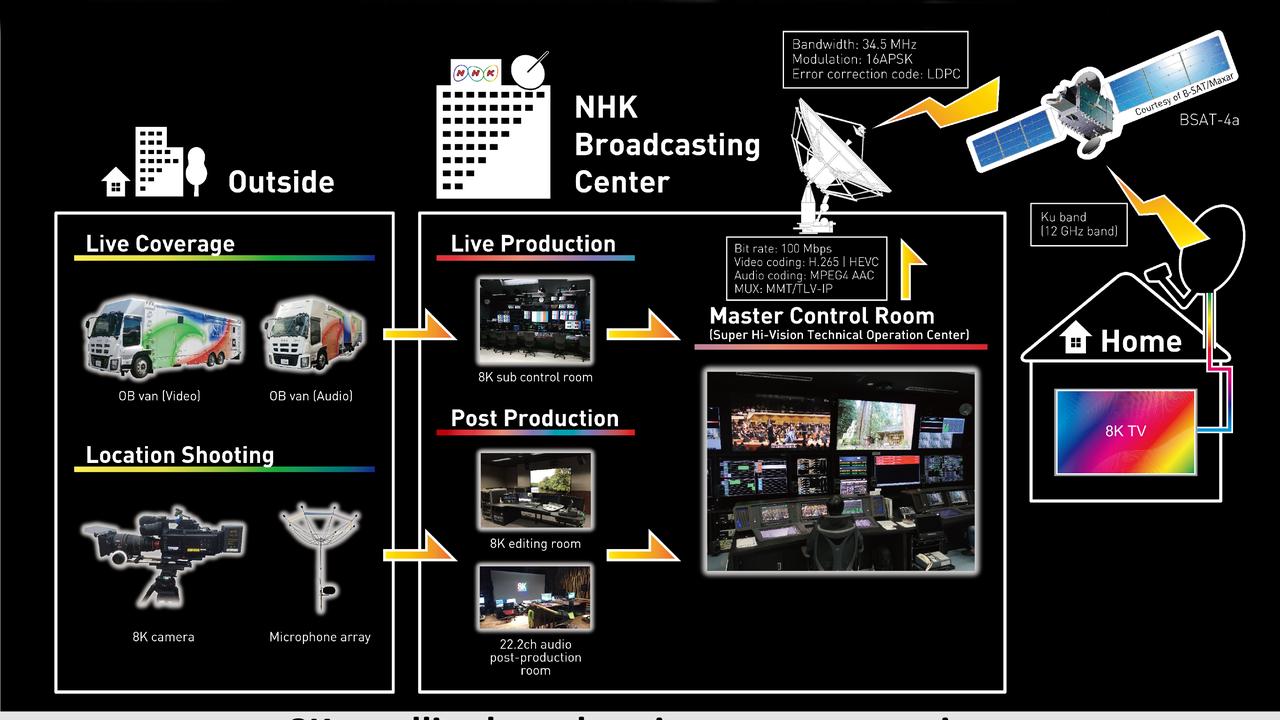
NHK is working on making the 8K signal more efficient. Currently it compresses the signal to around 100 megabits per second over satellite using the HEVC (high efficiency video coding). It says it is helping develop VVC (versatile video coding) with a goal of 30 to 50pc more efficient. It hopes to complete standardisation of the 8K signal by July next year. NHK uses a very high frequency to broadcast the 8K, 60 frames per second signal in a 100Mbps stream.
Audio is another major attraction. NHK uses 22.2 multichannel sound. Think 24 speakers with immersive three dimensional sound. With the right equipment, you can watch a broadcast of the Vienna Philharmonic and feel you are in a concert hall. 5.1 channel and stereo sound is broadcast simultaneously.
Broadcasts don’t support HDR, Dolby Video or Dolby Atmos audio, but they do support a high dynamic range standard jointly developed by NHK and the BBC called Hybrid Log-Gamma (HLG).
These technicalities aside, this is an amazing video and audio quality. This incredible TV quality makes better sense, the larger the TV. You may not notice much difference between 4K and 8K on sets below 70-inches, although NHK disputes this. The difference becomes obvious the more you stretch the vision over a larger screen. 8K ends up sharper than 4K.
I saw 8K at work on a large screen in Tokyo last week. NHK erected a 440-inch TVs so that the public can view some of the Rugby World Cup in 8K. NHK says Japan versus Ireland, the first semifinal and final will be in 8K.
The huge TV is not one panel, rather 288 screens joined together, each 40cm by 45cm. Resolution works out to more than 400 pixels per inch, a density that offers sharp and clear images on a high-end smartphone. Here that sharpness is sustained over an enormous TV display area.
One day we could see TVs taking up an entire wall at home, with contents still displayed crisply.
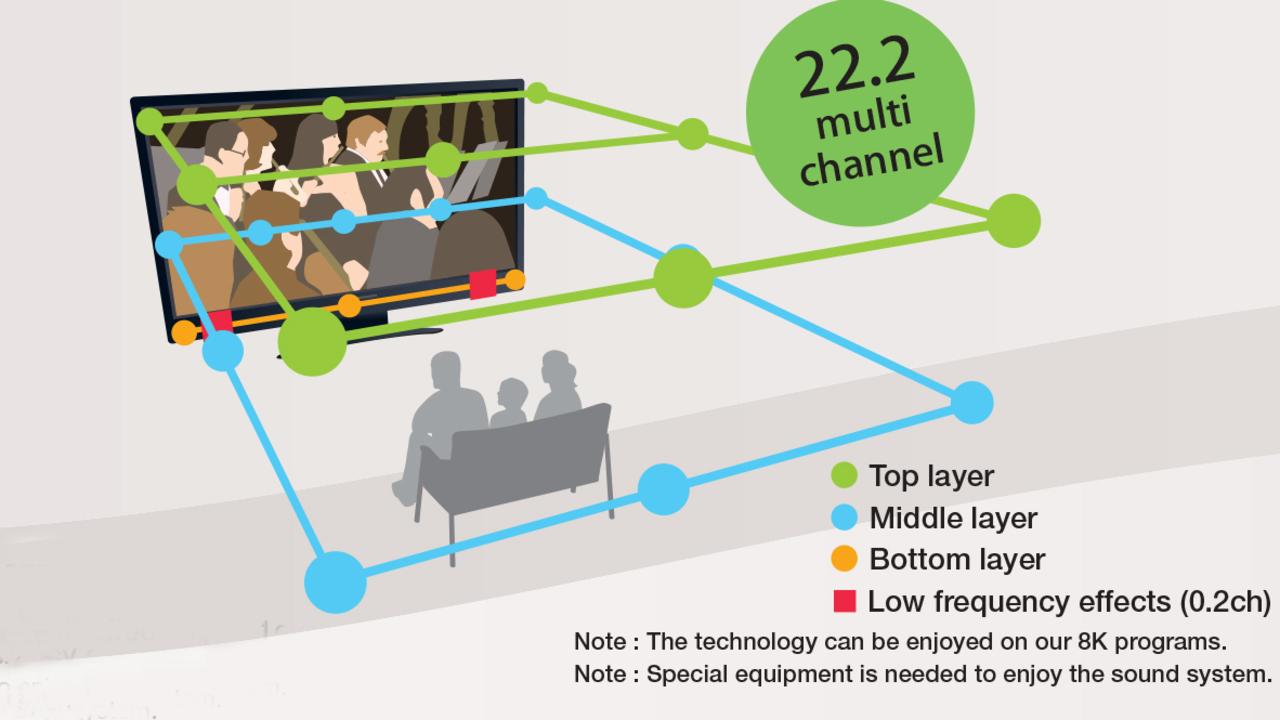
Mr Hashimoto says NHK plans to install more enormous 8K TVs in public spaces ahead of the Tokyo Olympics next year. Details of its Olympic coverage is not finalised but Mr Hashimoto is adamant. “We are determined to bring the most high quality experience to the viewer.”
Australians are unlikely to enjoy NHK’s 8K Olympics broadcasts at home. It’s not technically difficult to transmit an 8K stream over the Internet into Australia, but the strict territorial TV rights during the Olympics prevents NHK from sharing its feed.
In Japan satellite 8K is broadcast 12 hours daily. There’s the ubiquitous nature programs and scenes of earth from the International Space Station. Realising there is little available 8K content, NHK has developed its own. It has shown upscaled 8K 70mm film versions of My Fair Lady with Audrey Hepburn, and Stanley Kubrick’s 2001: A Space Odyssey.
It has produced two 8K TV dramas and is shooting a third. NHK bought the rights to the detective series “The Sniffer” from Ukraine and recast it with Japanese actors in 8K. The second 8K series is based on the novel “An Artist of The Floating World” by Nobel Prize winning author Kazuo Ishiguro. The third is being shot in China.
Other programs includes three world orchestras, and a show about masterpieces at The Louvre, with 8K offering a deep dive into the detail of artworks.
NHK wouldn’t disclose its spending on 8K equipment, but Mr Hashimoto says costs are tempered by NHK not having spent heavily on 4K. “All the world TVs are now investing in 4K. We didn’t do that. We put all our resources into 8K.”
He says the Japanese government is investigating earth based over-the-air 8K broadcasts from a central tower. This would be a high bandwidth digital stream and nothing like traditional free-to-air broadcasts.
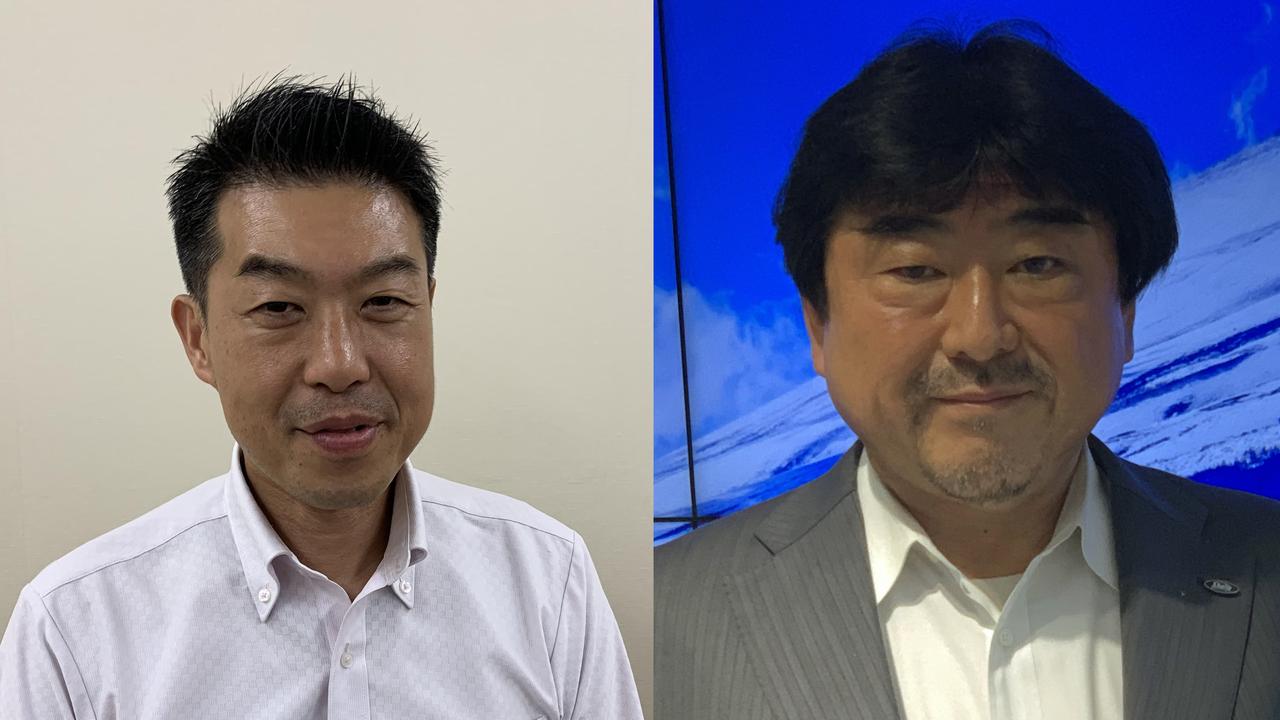
NHK is also investigating broadcasting virtual reality and augmented reality. “Our engineers in our lab are now doing not only two dimensional 8K but broadening their research field to AR and broadcasting and VR and broadcasting,” says Mr Hashimoto.
One NHK idea is to broadcast an AR exercise program that would place a personal trainer in your living room, outside of the TV and in front of you. “That’s our latest research,” he says.
Sharp TV
Across town in Tokyo, one of Japan’s best known electronic manufacturers is also gearing for the 8K revolution. Sharp exited the Australian TV market around 2015, but in an interview with The Australian, the company says it is considering returning. However no decision has been made yet about Australia nor the US market.
During my time at Sharp, Takeatsu Yamauchi from the firm’s AIoT Business Strategy Office demonstrated an 8K broadcast over an experimental, localised 5G system.
The broadcast showed that at some bandwidths, 5G is capable of carrying an 8K signal.
The experiment involved mounting a camera a few hundred metres ahead of an approaching train and filming it. The signal is monitored from within the train. Image quality is sharp and motion is smooth in the resulting 8K video that I saw.
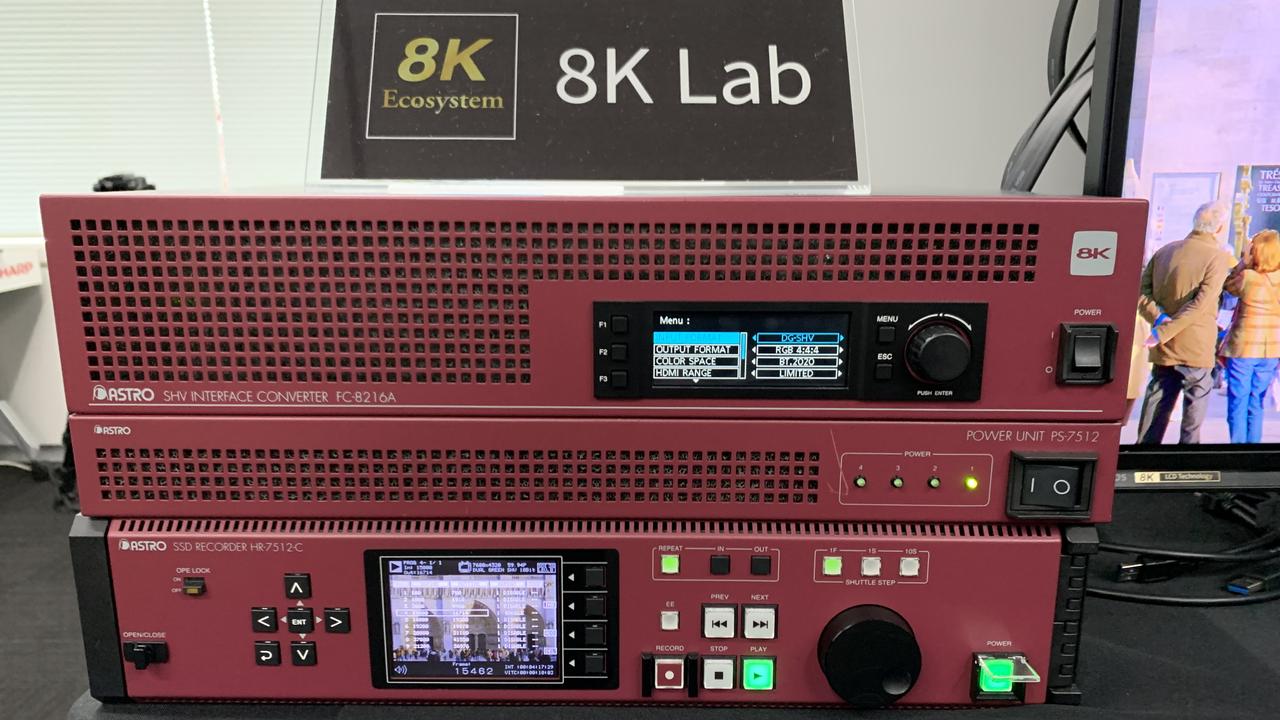
As well as producing 60, 70 and 80-inch 8K TVs, and 8K camcorders in Japan, Sharp is developing other 8K products such as touch-enabled 8K monitors and 8K speakers, and it’s working with specialised 8K equipment makers in the medical and security markets.
I could appreciate the depth of detail that 8K offers using an 8K touch screen monitor in Sharp’s Tokyo lab. I used my fingers to zoom and view incredibly fine detail of a painting of The Tower of Babel, and saw frightening detail of the enlarged image of the bee.
Sharp is selling high capacity eight terabyte hard drives for recording and playing 8K content. Like NHK, it uses HEVC compression to minimise large streaming bit rates.
There was also a medical demonstration. I saw the fine detail in 8K of incredibly thin sutures filmed during an operation on a pig. I watched this on a 70-inch 8K TV. Mr Yamauchi says you wouldn’t see the stitches in resolutions below 8K.
Sharp is working with Japanese firm Kairos which is marketing a camera and 8K TV system for operating theatre use. Kairos on its website promotes tiny 8K endoscope cameras. The system is available in Japan but Sharp hopes it will sell internationally.

Security is another area to benefit from the 8K revolution. In another demonstration, an 8K camera aided by artificial intelligence picked out a dozen faces simultaneously in a crowded public area. Some are 150 metres away but easily recognised on a connected 8K TV. This too will be sold as an integrated system.
After visiting NHK and Sharp, it is obvious this high resolution does have a future, but how this will work in Australia remains to be seen.
With streaming rates of 100 megabits per second at best, our National Broadband Network isn’t suited to be the main provider of 8K. Like Japan, satellite broadcasts and maybe high bandwidth data transmitted terrestrially are better options, along with some use of 5G.
8K is not the end of the journey. Sony this month announced the public availability of a 16K-capable Crystal LED screen. The 790-inch model is 5.49 metre high and 19.2 metres wide.
The TV boasts a near 180-degree viewing angle, and high frame rates of up to 120p. You need an estimated $US5 million or so to buy the biggest set when it comes to market, although smaller configurations could cost under $US1m.
8K will be coming to a big screen near you, but the question is when.
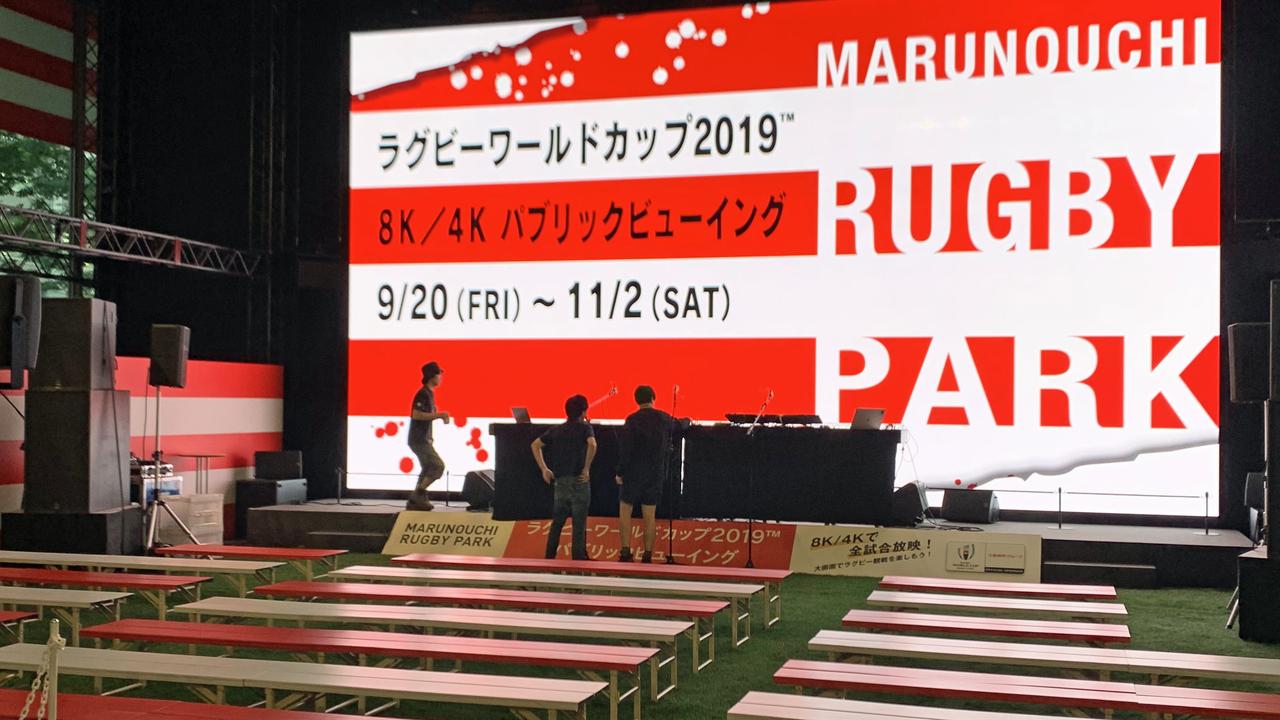
Published in The Australian newspaper
